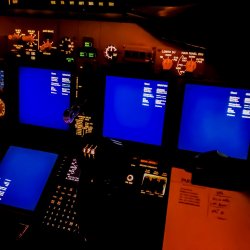- Joined
- Aug 27, 2004
- Posts
- 17,933
- Qantas
- LT Gold
- Virgin
- Red
- Oneworld
- Sapphire
Surely the cabin crew are required to participate in the sim program, delivering coffee to the flight deck as requiredNot at all. It's purely a commercial decision. The sims I hate the worst are the 1am briefing followed by the 2am-6am time slot. That requires a lot of coffee. The Ansett sim is great for that. They've got a proper coffee machine.
















